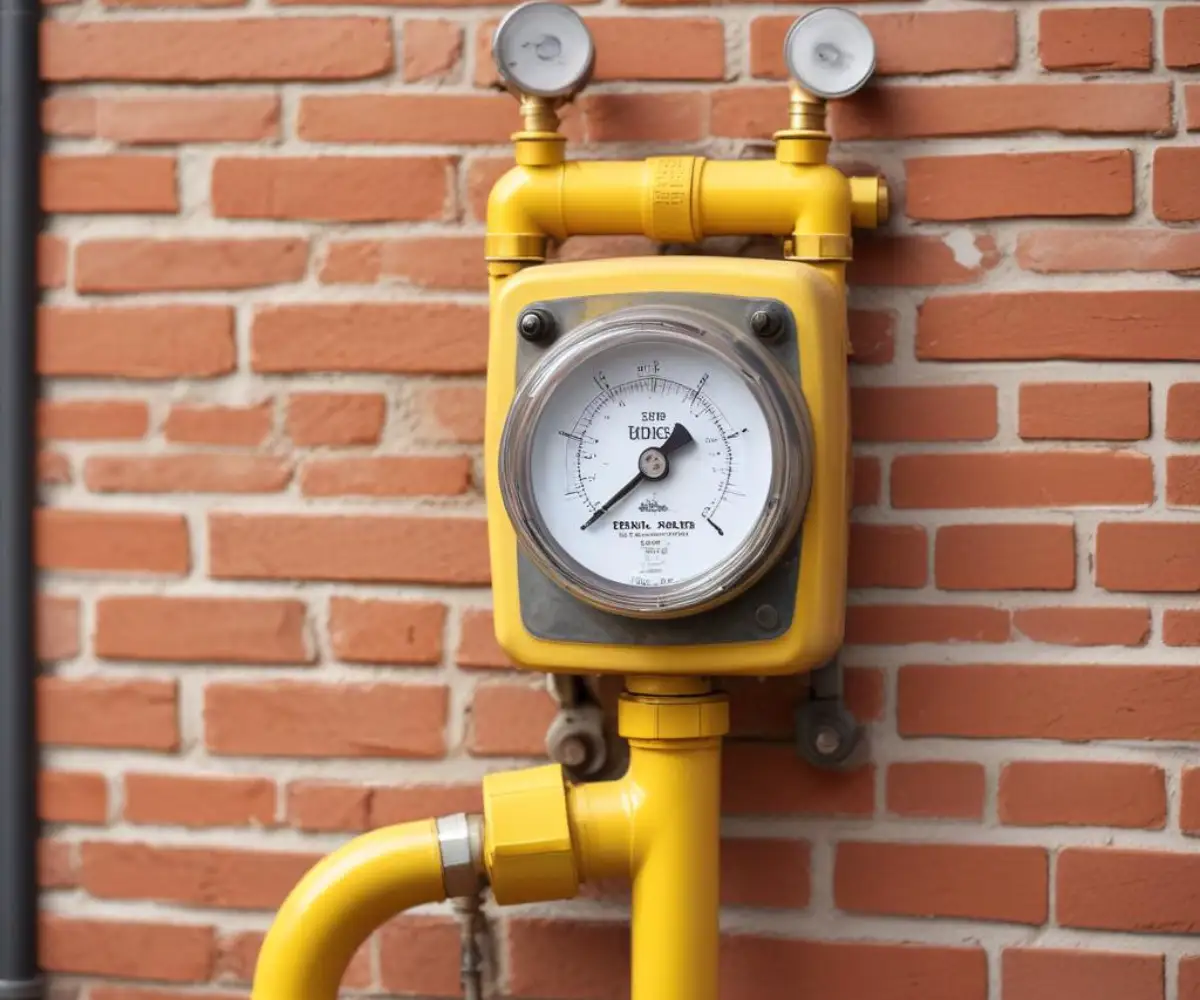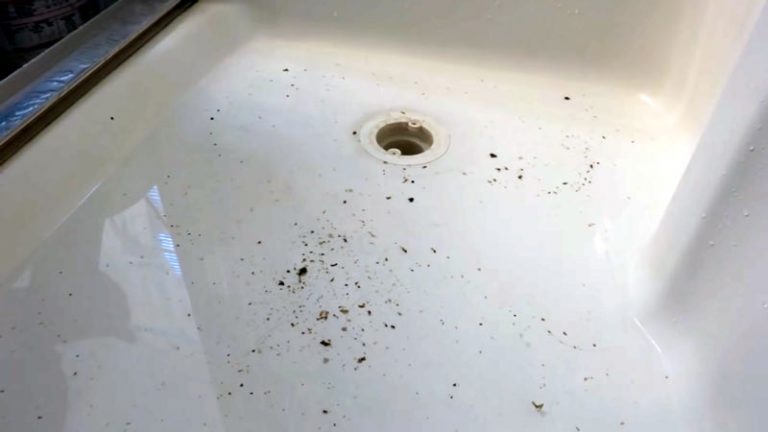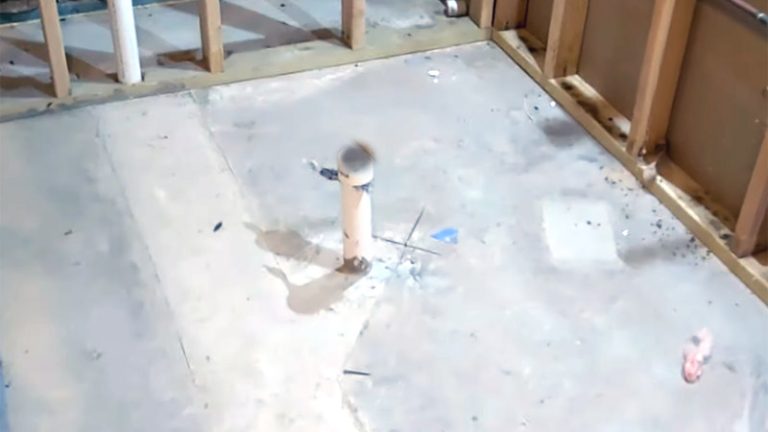Turning Gas Back On Illegally? Stop! Here’s Why It’s a Deadly Gamble
Facing a gas shutoff is stressful. The immediate thought might be to find a quick fix, and the idea of restoring the service yourself can be tempting. But attempting to turn your gas back on illegally is one of the most dangerous decisions you can make, with consequences that extend far beyond a simple fine.
This guide will walk you through the catastrophic risks of tampering with your gas meter and provide the only safe, legal, and effective solutions to get your service restored. Your safety, and the safety of those around you, is non-negotiable.
You'll Learn About
The Grave Dangers You Can’t Ignore: Why DIY Gas Restoration is a Fatal Mistake
Natural gas is an efficient and generally safe energy source when handled by trained professionals. In untrained hands, it becomes incredibly volatile. Attempting to bypass a meter lock or turn on a valve yourself introduces a host of life-threatening risks.
Gas Leaks and Explosions
The most immediate and catastrophic danger is a gas leak. Utility technicians use specialized tools to ensure a tight, secure connection. Without these tools, it’s nearly impossible to guarantee a seal. Even a small, slow leak can fill a confined space like a basement or wall cavity with a highly explosive mixture of gas and air.
Natural gas is odorless, so utility companies add a chemical called mercaptan to give it a distinct “rotten egg” smell. However, you might not detect a small leak right away. All it takes is a single spark—from a light switch, a static discharge, or an appliance pilot light—to trigger a devastating explosion.
The Silent Killer: Carbon Monoxide Poisoning
If gas is restored improperly, it can lead to incomplete combustion in your appliances, such as your furnace, water heater, or stove. This process creates carbon monoxide (CO), a colorless, odorless, and tasteless gas that is highly poisonous. CO is known as the “silent killer” because its initial symptoms are often mistaken for the flu, including headaches, dizziness, nausea, and fatigue. Prolonged exposure can lead to brain damage or death, often while victims are asleep.
The Legal Nightmare: Severe Consequences of Tampering with Gas Lines
Beyond the immediate physical dangers, illegally restoring your gas service carries severe legal and financial penalties. Tampering with utility equipment is a crime in every state.
These are not minor infractions; they are serious offenses that can follow you for years. You could face thousands of dollars in fines, mandated restitution to the utility company for damages and investigation costs, and even jail time. In many jurisdictions, meter tampering is a felony offense, especially if it endangers others. A felony conviction can impact your ability to find employment, secure housing, and more.

Why Was Your Gas Shut Off in the First Place? Understanding the Root Cause
A gas company doesn’t shut off service without a reason. Understanding why your service was disconnected is the first step toward a safe resolution. The most common reasons include non-payment of bills, a detected leak or safety hazard on your property, or a required inspection after a period of vacancy.
If the shutoff was due to a suspected leak, it is critically important that you do not attempt to restore service. The lock on your meter is there to prevent a potential disaster. The system must be professionally inspected and repaired before it is safe to use again.
The ONLY Safe and Legal Way: How to Restore Your Gas Service Properly
There is only one correct path to getting your gas turned back on: contacting your utility provider and following their established procedures. This process is designed with your safety as the top priority.
Step 1: Contact Your Utility Company Immediately
Your first and only call should be to your gas provider. Their customer service number is on your bill and their website. Explain your situation calmly and clearly. They will tell you exactly what needs to happen to restore your service, whether it’s paying a past-due balance or scheduling a safety inspection.
Step 2: Settle Your Account or Address the Safety Issue
If the shutoff was due to an unpaid bill, you will need to pay the outstanding balance, along with any reconnection fees. If you are struggling financially, do not be afraid to ask about payment assistance programs. Most utility companies have options to help customers in difficult situations.
If the disconnection was for a safety reason, the utility will require the issue to be fixed and inspected by a qualified professional before they will restore service. For a detailed overview of what this professional restoration process involves, our guide on how to turn gas back on after disconnection provides a step-by-step look.
Step 3: Schedule a Professional Reconnection
Once the underlying issue is resolved, the utility will schedule a technician to come to your home. An adult must be present for this appointment. The technician will not just unlock the meter; they will perform critical safety checks. This includes pressure testing your lines to ensure there are no leaks and relighting the pilot lights on your appliances to ensure they are functioning correctly and safely.
Financial Assistance and Resources You Might Not Know About
If financial hardship is the reason for your gas disconnection, you are not alone and there is help available. Many people are unaware of the robust network of programs designed to prevent utility shutoffs.
- Low Income Home Energy Assistance Program (LIHEAP): This is a federally funded program that helps low-income households with their energy bills.
- Utility-Sponsored Programs: Most gas companies have their own assistance programs, from budget billing plans that average your payments over the year to direct financial aid.
- The Salvation Army and Local Charities: Many local non-profits offer one-time emergency assistance to help families pay utility bills and avoid disconnection.
Contact your utility company or local social services office to learn about the resources available in your area.
| Action | Risks of Illegal (DIY) Reconnection | Benefits of Professional (Legal) Reconnection |
|---|---|---|
| Safety | High risk of gas leaks, fire, explosions, and carbon monoxide poisoning. | Guaranteed safety through pressure tests and professional inspection. |
| Legality | Criminal charges, including hefty fines and potential jail time. Considered a misdemeanor or felony. | Fully legal and compliant with all local codes and regulations. |
| Cost | Potential for catastrophic property damage, civil liability for injuries, and large fines. | Standard reconnection fee. Access to financial assistance programs. |
| Appliance Function | Can damage sensitive appliance controls and valves with improper pressure. | Ensures all appliances are relit and operating correctly and efficiently. |
| Peace of Mind | Constant worry about undiscovered leaks or legal repercussions. | Confidence that your home and family are safe. |
What About a Capped Gas Line? Is That Different?
Sometimes, an individual gas line to an appliance like a fireplace or stove is turned off and “capped.” This is usually done when an appliance is removed. While it may seem like a simple valve, turning a capped line back on yourself is just as dangerous as tampering with the main meter.
The line may have developed leaks over time, or the cap may not have been installed to code. If you have a capped gas line for an appliance you’d like to use, such as a fireplace, it’s essential to have it inspected and connected by a professional. Our guide to capped gas fireplaces explains the safety protocols and procedures required.
The Hidden Dangers in Your System: What a Professional Looks For
A utility technician’s reconnection process goes far beyond simply turning a wrench. Their expertise is in identifying hidden dangers that an untrained eye would never see. The gas company’s procedure is not a matter of policy; it’s a critical safety diagnostic for your entire home’s gas system.
Professionals perform a pressure test that can detect minuscule, otherwise unnoticeable leaks in your pipes. They check for proper ventilation for your appliances, a crucial step in preventing carbon monoxide buildup. They also inspect regulators and valves for wear and tear, ensuring every component of your system is safe and up to code. This is a level of diligence that simply cannot be replicated without proper training and equipment.
Your Safety is Non-Negotiable: Make the Right Choice
The temptation to solve a gas shutoff yourself can be strong, but the risks are astronomically high. You are not just risking a fine; you are gambling with your life, the lives of your family, and the safety of your neighbors. The potential for a gas leak, fire, explosion, or carbon monoxide poisoning is real and immediate.
The only solution is the safe and legal one. Contact your utility company. Work with them to resolve the issue, whether it’s financial or safety-related. Allowing a trained professional to restore your service is the only way to ensure your home is safe. Don’t turn a temporary problem into a permanent tragedy.



